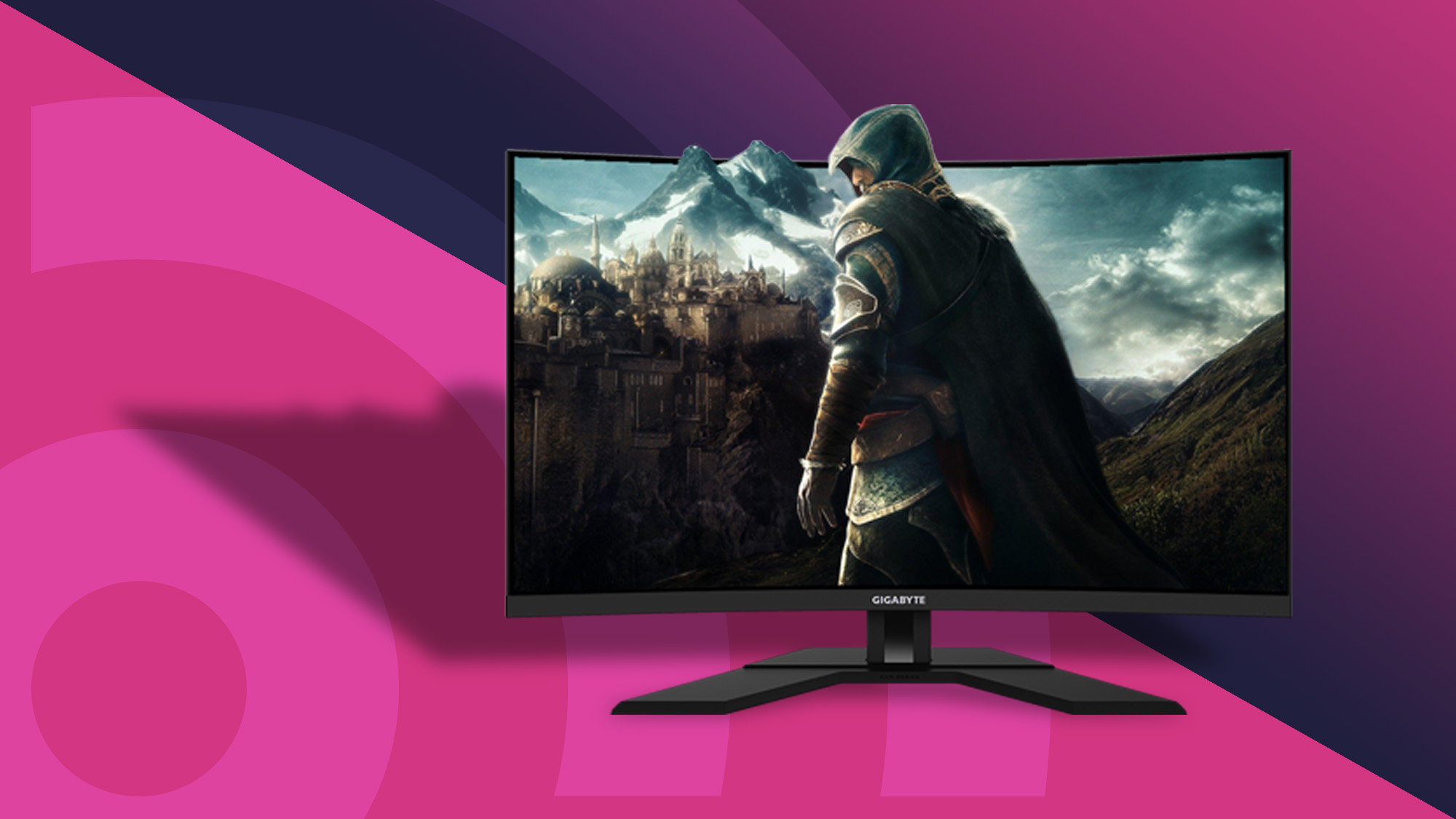Gaming monitors have evolved far beyond simple displays, becoming sophisticated tools that can dramatically impact your gaming performance and visual experience. Whether you’re a competitive esports player seeking every millisecond advantage or a casual gamer wanting immersive visuals, choosing the right gaming monitor requires understanding several critical specifications that work together to create your ideal gaming setup.
Modern gaming demands monitors that can keep pace with increasingly powerful graphics cards and high-frame-rate gaming. Unlike standard office monitors, gaming displays prioritize speed, responsiveness, and visual clarity to eliminate the barriers between your inputs and on-screen action. The difference between a mediocre and exceptional gaming monitor can mean the distinction between landing that crucial headshot or missing your target entirely.
Today’s gaming monitors incorporate advanced technologies like adaptive sync, HDR support, and ultra-fast response times that were unimaginable just a few years ago. These features work synergistically to reduce input lag, eliminate screen tearing, and deliver buttery-smooth gameplay that responds instantly to your commands. However, with countless options available across different price points, understanding which features matter most for your specific gaming needs becomes essential for making an informed purchase decision that will serve you well for years to come.
Panel Technology: The Foundation of Visual Quality
The panel type forms the backbone of your gaming monitor’s performance characteristics, directly influencing everything from color accuracy to response times. IPS panels excel in color reproduction and viewing angles, making them ideal for gamers who also create content or value visual fidelity. These panels maintain consistent colors even when viewed from different angles, perfect for multiplayer gaming sessions or streaming.
VA panels offer superior contrast ratios, delivering deeper blacks and more vibrant colors, particularly beneficial for atmospheric games and curved displays. They provide faster response times than traditional IPS panels while maintaining excellent image quality. However, some users may notice slight motion blur during extremely fast-paced gaming scenarios.
OLED panels represent the premium tier, offering the fastest response times currently available alongside exceptional color accuracy and contrast. While historically expensive, OLED technology has become more accessible and includes built-in protections against burn-in issues that previously concerned gamers.

Refresh Rate and Response Time: Speed Specifications
Refresh rate, measured in Hertz, determines how many times per second your monitor updates the displayed image. Higher refresh rates like 144Hz, 240Hz, or even 480Hz create smoother motion and reduce motion blur during fast-paced gaming. Competitive gamers particularly benefit from high refresh rates, as they provide more visual information per second and can reveal enemy movements earlier.
Response time measures how quickly individual pixels change colors, typically ranging from 1-5 milliseconds. Faster response times reduce ghosting and motion blur, ensuring crisp visuals during rapid movements. For competitive gaming, response times under 5ms are recommended, while casual gaming can accommodate slightly higher values without noticeable impact.
Resolution and Screen Size: Balancing Detail and Performance
Monitor size and resolution work together to determine your gaming experience’s visual clarity and immersion. 27-inch monitors with 1440p resolution offer an excellent balance for most gamers, providing sharp visuals without overwhelming your graphics card. 4K resolution delivers stunning detail but requires powerful hardware to maintain high frame rates.
Ultrawide monitors ranging from 34-49 inches provide immersive gaming experiences, particularly effective for racing games, simulators, and open-world adventures. However, ensure your favorite games support ultrawide aspect ratios before investing in these displays.
Essential Gaming Features
Adaptive sync technologies like G-Sync and FreeSync eliminate screen tearing by synchronizing your monitor’s refresh rate with your graphics card’s output. HDR support enhances color range and brightness, creating more realistic and vibrant gaming visuals. Look for DisplayHDR 600 or higher certifications for meaningful HDR benefits.
Connectivity options should include DisplayPort and HDMI 2.1 for maximum compatibility with modern graphics cards and gaming consoles. Multiple ports allow easy switching between different gaming systems without constantly reconnecting cables.




